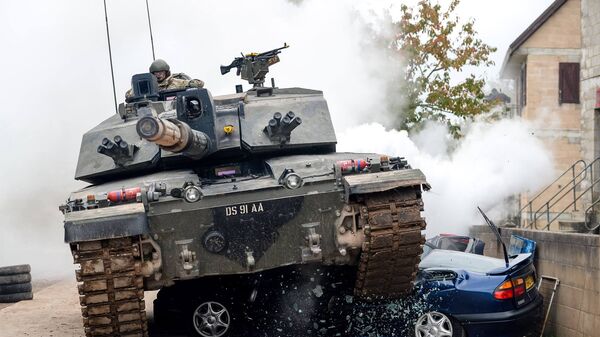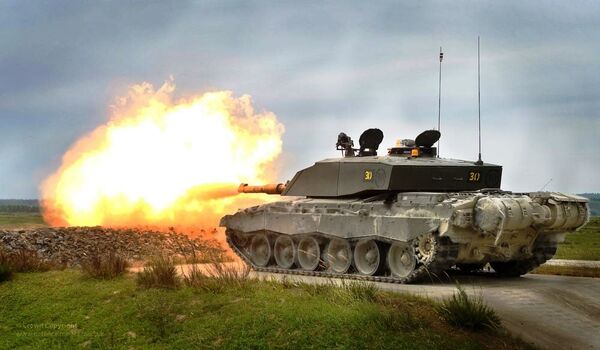The pair's fatal injuries were incurred during a live-firing exercise on Castlemartin Ranges, south-west Wales, designed to provide a "guest shoot" to Warrant Officer Stuart Lawson, who worked at the site. He was given the opportunity to experience being in a tank, and firing its main gun at three old tanks, nicknamed Tom, Dick and Harry.
Louise Hunt, senior coroner for Birmingham and Solihull, said the "main cause" was the tank's gun could be fired despite its bolt vent axial — a crucial component that blocks hot gases escaping into the crew turret — being missing.
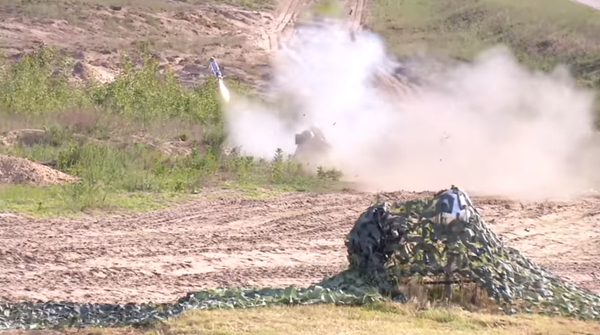
Catastrophic Failures
A set of recommendations has been sent to the Ministry of Defense and BAE Systems, which designed and manufactured the tank, the Challenger 2. However, the coroner also identified a series of critical internal errors that significantly contributed to the disaster. For example, it emerged the men's commanding officer, Lieutenant Colonel Simon Ridgway, was not made aware the guest shoot was happening that day and hadn't passed down an order for Lawson to "sit on his hands" — ie leave firing to the tank's commander. He also didn't seek authorization from a superior before allowing it to go ahead.
Moreover, the inquest heard crews shared tanks, known as ‘hot-bedding' — and a whiteboard on the barracks — used to assign crews and activities to tanks — was not updated promptly.
The inquest was also told by an Royal Tank Regiment armorer tank charges were routinely kept out of ‘safe bins' and sometimes even balanced on crew members' laps on armored vehicles, in order to allow them quick and easy access.
Testifying, Ridgway said he hadn't spotted the culture of charges being wrongly stored, but claimed while he "failed to identify it was happening", he wasn't sure this constituted a "failure of leadership".
Nonetheless, he conceded he "felt physically sick" when he heard troops were stowing charges outside bins.
Recurring Theme
The coroner's ruling is not the first time a combination of faulty equipment and lackadaisical internal approaches to safety have proven fatal for the British armed forces. In 2008, an inquest ruled 10 Royal Air Force were unlawfully killed when their Hercules aircraft was shot down in Iraq in 2005, with investigators concluding "serious systemic failures" had deprived victims of the "opportunity for survival".
The failure of the MoD and RAF to fit Hercules planes with explosion-suppressant foam (ESF) was found to constitute a "serious failure" — and the lives of the men aboard 47 Squadron Special Forces flight XV179 could've been saved had their aircraft been equipped with the safety provision — coroner David Masters ruled.
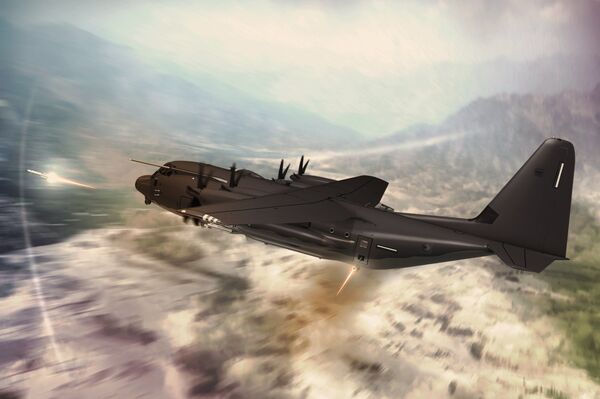
Despite this conspiracy of silence, uncovered files did reveal a 2002 military research document strongly advised Hercules planes be fitted with ESF, a recommendation reiterated in a 2003 Tactical Analysis Team report. Moreover, it was clear Hercules crews weren't apprised of the danger they were in, information that might have motivated them to alter their flying tactics.
However, in ‘friendly fire' fatality terms, 2018 has been a particularly gruesome year for the British military. In March, an RAF engineer was killed when a Red Arrows jet crashed shortly after take-off at RAF Valley in north Wales. It was the third Red Arrows fatality in seven years following two in 2011. All three have involved the Hawk T1, an archaic model not due to be replaced before 2030.
The pilot survived the crash by ejecting seconds before the Hawk aircraft hit the ground at the base, bursting into a ball of flames, while the engineer was not so lucky — perhaps precipitously, the month prior ejector seat manufacturer Martin-Baker Aircraft Company was fined over US$1.5 million after a breach of health and safety law led to the death of Red Arrows pilot Flight Lieutenant Sean Cunningham.
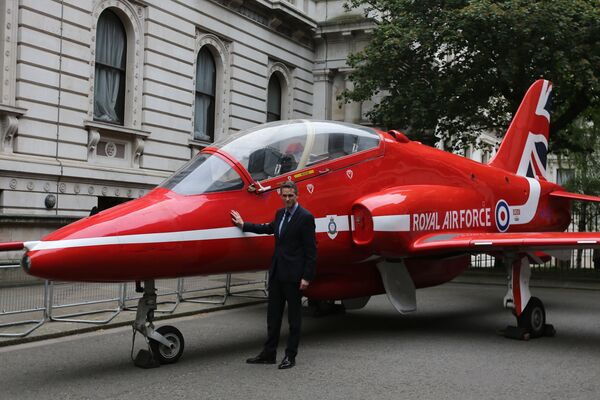
Maguire, 21, was serving with the 1st Battalion, Royal Irish Regiment when he was hit in the head by a stray bullet during a live-fire exercise in 2012. He died instantly. Soldiers on one part of the 10 were firing directly at those in another part of the range, about one kilometer away — where they would've been visible. Despite this, Price failed to enact proper safety measures to ensure one group's fire did not risk the other — as a result, several participants came under live fire. After Maguire died, a witness alleged Price said to him "I've messed up haven't I?".
"All three men played their part in causing this catastrophe in different ways. The common sense of the situation is you do not point guns at people, you do not design, permit or allow an activity that allows machine guns to fire directly in line with your men, men that you know are there, men that you might be able to see, if not the vehicles with them," said prosecuting QC Nigel Lickley at the trio's trial.
Price was accused by Lickley of failing to conducted a ‘recce' of the range when preparing a Range Action Safety Plan, placing targets too close together and failing to "deconflict" the two exercises.
